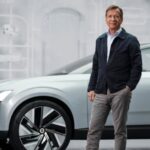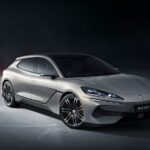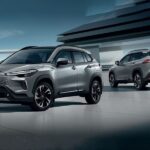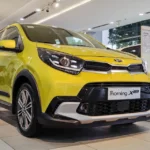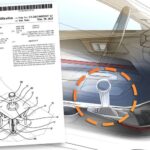**Huawei Joins the Ultra-Fast Charging Race with BYD and Zeekr**
Huawei is set to enter the ultra-fast charging race alongside BYD and Zeekr, announcing the upcoming launch of its super-fast charger on April 22nd.
The new charger boasts a maximum power output of 1.5 MW, with a rated current of 2,400 A, enabling a charging rate of 20 kWh per minute and a full charge in just 15 minutes. This information was revealed by Hou Jinlong, President of Huawei Digital Energy, at the China Electric Vehicle 100 Forum.
Unlike Zeekr and BYD, which primarily focus on passenger vehicles, Huawei’s 1.5 MW ultra-fast charging system is targeted at heavy-duty trucks. “For heavy-duty trucks to fully transition to electric, charging time must be less than 30 minutes,” emphasized Jinlong. This move showcases Huawei’s ambition to expand into the commercial electric vehicle market.
On the same day, Zeekr declared its plans to launch a 1.2 MW ultra-fast charging system in Q2 2025. The company has been consistently upgrading its charging stations, increasing the power output from 360 kW to 800 kW in the last three years, and currently operates 826 stations across China. Meanwhile, BYD grabbed headlines earlier this month with its 1,000 kW rapid charger, adding 2 km per second or 400 km in just 5 minutes. Notably, BYD integrates energy storage systems to ensure a consistent 1,000 kW output even in areas with weak grid infrastructure. The company aims to deploy 4,000 1 MW chargers, starting with 500 stations in April.
When compared to its competitors, BYD and Huawei stand out with their superior power outputs (Tesla V4 achieves 500 kW, Li Auto 5C 520 kW, NIO Power 640 kW, and Xpeng S5 800 kW). The race for faster charging technology is heating up as companies continuously introduce innovations, improving both speed and safety.
Huawei has also impressed with its automated charging technology. On January 15th, the company unveiled a robotic arm charger attached to a 600 kW charging station, allowing vehicles to autonomously connect to the charger without the driver having to exit the vehicle. A demonstration video featuring the Maestro S800 sedan highlighted the broad applicability of this system.
Thai Son (Tuoitrethudo)
References: Carnewchina
The Denza Z9 GT: Taking on Porsche in the European Market
After Mercedes-Benz’s exit from the joint venture, Denza, the electric car brand born out of the collaboration with the German automaker, has set its sights on Europe once again. With a new ambition to rival Porsche, but at half the price, Denza is ready to take on the European market with a fresh perspective.
The Southeast Asian Auto Market: Japanese Cars Reign, VinFast Makes Strides with Electric Vehicles
With nearly 1 million vehicles delivered to customers in Southeast Asia, Toyota remains the leading automotive brand in the region in 2024. The market also witnessed the rise of homegrown brands such as Perodua in Malaysia and VinFast in Vietnam, showcasing the diverse preferences and evolving landscape of the automotive industry in Southeast Asia.

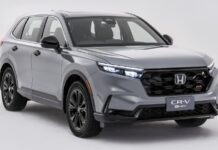
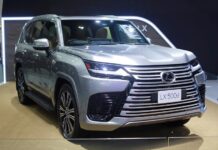
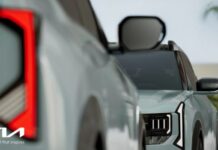
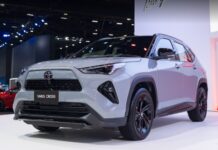
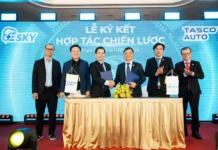
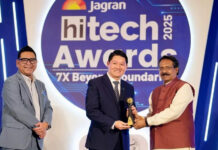
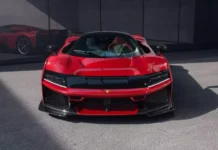

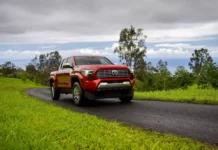
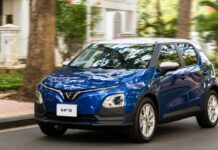
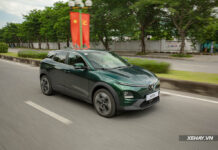
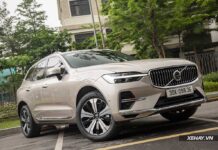

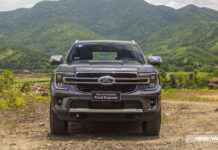


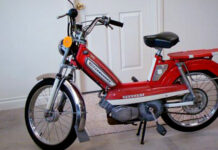
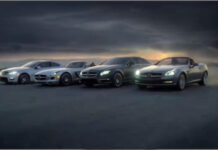
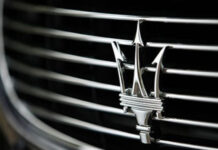

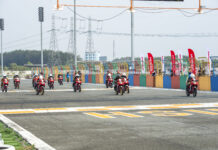
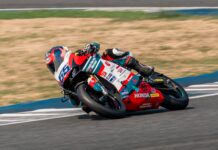
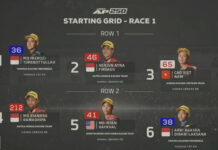
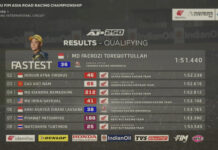
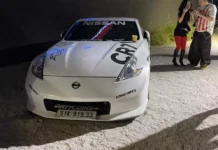

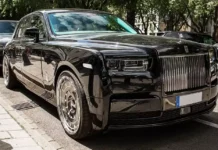
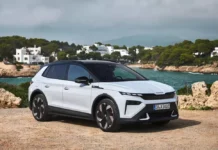
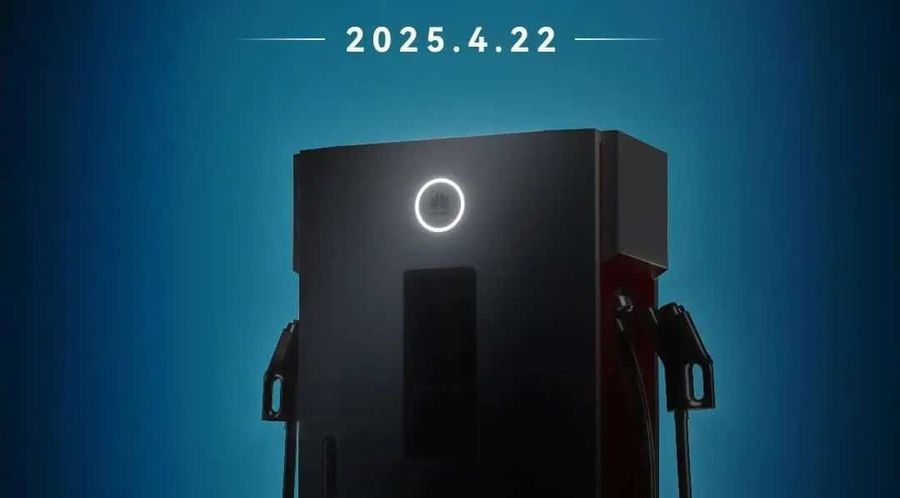
.jpg)
